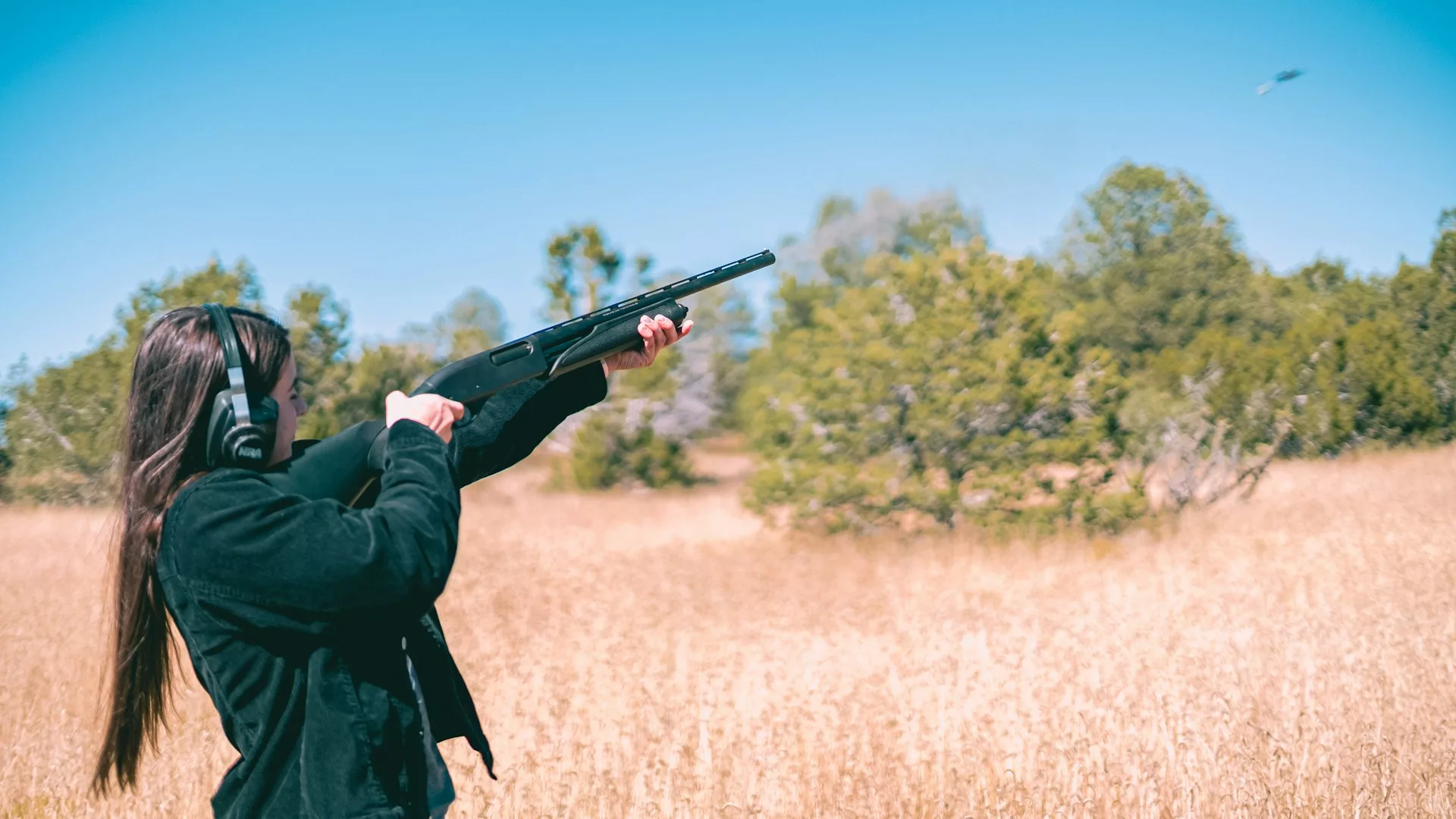Recently, it was elucidated how a fish can produce noise louder than a chain saw and a lawn mower. Photo credit: Anderson Schmig via Unsplash
A 12-millimetre fish is as loud as a jet aircraft taking off 30 metres away. Even though Danionella cerebrum is tiny, possessing the smallest known brain of any vertebrate, both hit a roaring 140 decibels. Despite our increasing knowledge of this fish as an emerging biomedical model animal, how it produces such ear-shattering sounds has remained a mystery until new research was published in February.
A 12-millimetre fish is as loud as a jet aircraft taking off 30 metres away.
Many fish produce sounds using contractions of muscles surrounding their swim bladder: an organ controlling buoyancy in fish. Alternatively, pulsing sounds can be generated by fish stridulating: rubbing together body parts. Although these mechanisms are well-studied, neither seemed likely explanations for sound production in these tiny fish, with the sound profiles not matching either method.
In Danionella cerebrum, the males can produce pulses of sound lasting around 2.5 milliseconds. In the water, this sound reaches 140 decibels at 12mm away (one body length of the fish) and standing next to a tank with these fish in at the researchers’ lab, a buzzing sound can be heard. This distinction between decibels underwater and decibels in the air is an important one, given sound waves travel faster in water than air, making sounds appear louder (i.e. the sound has higher decibels) in water.
In the wild, these noises likely allow males to communicate with other competing males, or to potential female mates, as visual signals are of little use in murky streams in Myanmar, where these fish live.
Danionella cerebrum isn’t the only fish that can shout above the noise. The aptly-named black drum (Pogonias cromis) fish can produce sounds of 165 decibels, but they are around 140 times larger than these tiny fish which produce comparable volumes.
Advantageously, Danionella cerebrum is largely transparent. Being able to study internal anatomy from an external examination is making these fish increasingly popular as a biomedical study organism, but it also helped researchers work out the source of their sound.
High-speed video recording of backlit fish revealed a unique anatomical sound production mechanism. Males, unlike females, have a drumming muscle and cartilage associated with their fifth rib, located near the swim bladder. The muscle pulls the rib to sit in a groove in the cartilage, and as the rib is pulled, tension accumulates in the cartilage. When this is released, the cartilage hits the swim bladder with that built-up force, producing a short and loud pulse. This sound system is similar to that of other fish that use their swim bladders to produce sound, but with the added force of the specialised cartilage, rib, and muscle.
Comparing the drumming muscle with other muscles in the fish, the researchers found far more mitochondria. This concentration of chemical energy generators prevents fatigue in the drumming muscles, allowing these fish to maintain a high rate of pulsing sounds.
Closely-related fish (there are five species in the Danionella genus) can also produce similar noises, but with nuanced differences in both the sound and anatomy of sound production. Although understanding is lacking for the other four species, some appear to have simpler sound-producing structures. This offers an opportunity for understanding what drives sound production in these fish, both at an evolutionary scale and at a neural level, taking advantage of their transparent anatomy to study neural mechanisms in live fish.
Closely-related fish (there are five species in the Danionella genus) can also produce similar noises…
Danionella cerebrum was only described in 2021 but it has a remarkable story: a 12 millimetre-long transparent fish with a brain the size of a grain of sand, but a drum that can beat as loud as a gunshot.





